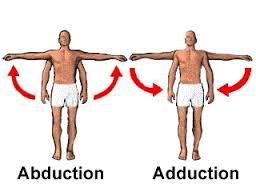- Oct 12, 2009
- 1,460
- 0
I will say however Slaughts methods worked well enough for the Tigers and then when he left they scrapped everything and they have not hit well since in my opinion.
This is kinda OT, but is also kinda relevant.
I know for a fact that on the minor league pitching side at least, the Tiger pitching coaches are not allowed to use video. And I do I mean that they are not allowed to use video, not just that they don't. Someone higher up doesn't like the use of video. If coaches want to use video, they have to do it on the down low.
I wouldn't be surprised if that carried over to the hitting side as wel.
IMO, that would explain some things.



